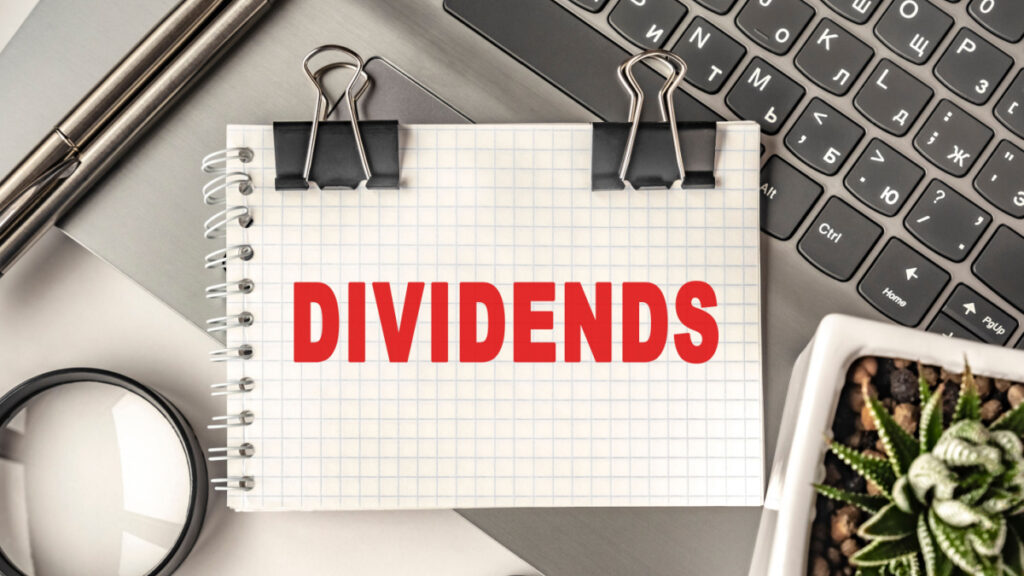

A company’s free cash flow is the cash a company generates after accounting for all its operating expenses and maintenance capital expenditures (Maintenance CapEx). It’s essentially the amount of money a business has left over after paying its bills and reinvesting in its operations. There are only so many ways a company can use its free cash flow. One, it can use it to reinvest back into the business in the form of business acquisitions or capital expenditures. If the business is able to generate at least the same rate of return out of the investment, this would be a good use of free cash flow because as stated it would lead to further compounding. Companies such as Amazon are good examples of companies that uses its free cash flow by reinvesting back into the business.
A second way a business can use its free cash flow is by paying down debts. This is would be a good use of free cash flow specially if the company is paying a high rate of interest on its debt. It also reduces the leverage of business allowing it to withstand difficult economic environments.
A third way a business can use its free cash flow is by buying back its own stocks. This is a good way of returning capital to shareholders without exposing the shareholders to double taxation. Further, stock buybacks reduce the number of shares of stocks outstanding which results to shareholders owning a bigger piece of the company without having to buy more stocks of the company. An example of a business that uses a big part of their free cash flow is Apple. In a way, it also forces shareholders to reinvest back into the business. If the business generates a high return on invested capital, stock buybacks will accelerate the compounding of capital for the shareholder. With less shares outstanding, it will also push up the Earnings Per Share of the business, which is a basis for business valuation.
A fourth way a business can use its free cash flow is to pay out dividends. This may be the worst use of free cash flow. It exposes the shareholders to double taxation. This would result to taxation in the corporate level when the business pays corporate income taxes and taxation in the individual level when dividends are paid out to the shareholders. It is also an indication that management cannot think of ways of using the capital to generate future returns and grow the business. Businesses that pay out a significant portion of its free cash flow tend not to grow its intrinsic value over time as compared to business that reinvest or buyback shares. Some companies even go beyond its free cash flow and borrow money to pay out dividends.
I understand the argument of some retirees that they don’t care about capital growth as long as they can rely on dividends to pay their expenses. However, dividends can change. In my opinion, you are better off selling shares of a growing business that reinvests their free cash flow of buybacks stocks to cover expenses than to own a business that uses most of its cash flow paying out dividends.
Kenneth U. Reyes is founder and Managing Partner of Reyes Capital Management, LLC which manages a long term value oriented private investment fund. He is also founder of the Law Offices of Kenneth U. Reyes, APC, a five lawyer boutique law firm in Los Angeles specializing in Family Law. He can be reached at (213) 500-4836. [email protected]. 3699 Wilshire Blvd., Suite 747, Los Angeles, CA 90010.
http://reyescapitalmanagement.com
https://www.kenreyeslaw.com



